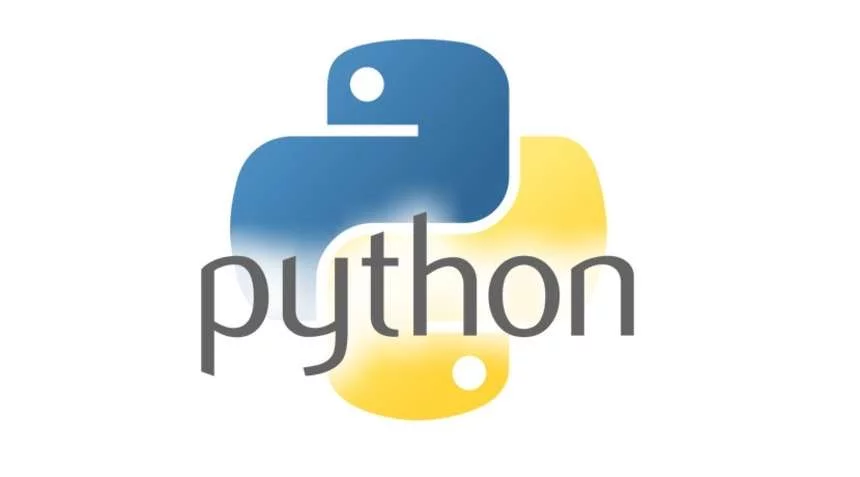Optimizing the performance of your MERN stack application is not just a technical necessity but a responsibility that lies in your hands. As web applications become increasingly complex, guaranteeing they run efficiently enhances user satisfaction, reduces costs, and improves scalability. This blog will cover everything from the basics of the MERN stack to the importance of website performance optimization. You will learn practical strategies such as efficient data modeling, utilizing MongoDB aggregation, following security best practices, minimizing application size, and implementing effective error tracking.
Whether building a small app or a large-scale platform, your role in optimizing your MERN stack application is crucial. It can significantly improve user retention, lower server costs, and increase efficiency. Careful planning and sticking to best practices are essential for optimizing the development process and the final applications. Let’s explore practical strategies to improve MERN stack development and empower you in this optimization journey.
What is MERN Stack?
MERN Stack stands for MongoDB, Express.js, React.js, and Node.js. It is a full-stack JavaScript framework for building dynamic web applications and websites. The MERN Stack has gained popularity due to its ease of use, scalability, and flexibility. However, performance optimization is essential to guarantee your MERN Stack application runs smoothly and efficiently.
What is the significance of website performance optimization?
Website performance optimization is not just about speed; it’s about delivering a smooth, fast, and responsive user experience. By optimizing your web application, you can directly impact user experience, SEO ranking, resource efficiency, and security. These benefits should motivate you to implement the following strategies:
- User Experience: Websites that load slowly can cause users significant frustration, causing them to abandon the site before it finishes loading. This leads to high bounce rates, where visitors leave quickly without engaging with content. A sluggish site can also diminish overall user engagement, as people are less likely to explore further or interact with features when faced with delays.
- SEO Ranking: Search engines like Google take into account the loading speed of websites when determining their rankings in search results. Faster websites are typically favored, as they improve user experience and encourage visitors to stay longer. This emphasis on speed means that web admins must prioritize optimizing their site’s performance to achieve better visibility and higher positions in search engine results pages.
- Resource Efficiency: Optimized applications are designed to utilize minimal bandwidth and server resources, lowering hosting expenses and improving their ability to scale efficiently. By simplifying performance, these applications can handle increased user demand without requiring significant additional infrastructure, making them both cost-effective and robust in their scalability.
- Security: Improving performance frequently involves integrating improved security measures, which maintain the application’s defenses and effectively safeguard it against cyber threats. Organizations can create a more resilient infrastructure by adopting best security practices, such as regular vulnerability assessments, encryption protocols, and timely software updates. Focusing on optimizing your MERN stack app guarantees that it can handle traffic spikes, reduce loading times, and scale smoothly with minimal overhead.
Tips and Tricks to Optimize Your MERN Stack App
1. Data Modelling
Efficient data modeling is the foundation of a well-performing MERN stack application. Here are some strategies to optimize your MongoDB data model:
- Denormalization: Strategically duplicate data to reduce the need for complex joins and multiple queries. This can significantly speed up read operations.
- Indexing: Create appropriate indexes on frequently queried fields to speed up data retrieval.
- Schema Design: Design your schema to match your application’s query patterns. When it makes sense, consider embedding related data within a single document.
- Avoid Deeply Nested Documents: Excessively nested documents can lead to performance issues. Try to keep your document structure relatively flat
2. Leverage Aggregation
MongoDB’s aggregation framework is a powerful tool for processing and analyzing data. Aggregation can significantly reduce the data transferred between the database and your application, improving overall performance.
- Use $match early in your aggregation pipeline to filter out unnecessary documents.
- Employ $project to shape your data and include only the required fields.
- Utilize $group for efficient data summarization.
Aggregation pipelines can be used to:
- Filter data for specific conditions.
- Group and summarize large datasets.
- Transform data as needed.
Instead of handling data transformations at the application level, you can use MongoDB’s aggregation pipeline to optimize data handling and reduce the load on your server. This allows you to return only the most relevant information to the client, minimizing network load and speeding up response times.
3. Follow Best Security Practices
Security is essential for both the performance and the integrity of your application. Sticking to best practices protects your app from common vulnerabilities and exploits while improving its overall performance. Here are a few strategies:
- Sanitize User Inputs: Always validate and sanitize user inputs to prevent malicious attacks such as cross-site scripting (XSS) and SQL injection.
- Use HTTPS: Enforce HTTPS to secure data transfers and improve SEO rankings.
- JWT Expiration: When using JSON Web Tokens (JWT) for authentication, ensure that tokens have a reasonable expiration time to prevent unnecessary storage or data leaks.
- Avoid Storing Sensitive Data: Keep sensitive data (like passwords) encrypted and store it securely using environment variables or services like AWS KMS.
Implementing strong security measures will minimize the chances of security breaches and improve your app’s trustworthiness.
4. Reduce the App Size
A heavy application will result in slower load times, especially for users with slower internet connections. Optimizing the size of your app can significantly enhance performance:
- Code Splitting: With React, you can use dynamic imports to split your code into smaller bundles. Only load the code necessary for the current page, reducing initial load times.
- Lazy Loading: Implement lazy loading for images, videos, or other heavy resources. This ensures that only the necessary resources are loaded at the time, saving bandwidth.
- Minification and Compression: UglifyJS and gzip to minify and compress JavaScript, CSS, and HTML files. This reduces the size of your assets, leading to faster downloads.
- Optimize Images: Use modern image formats like WebP and compress images to reduce file sizes without compromising quality.
These optimization techniques help cut unnecessary load times, ensuring a smooth user experience.
5. Web App Error Tracking
Error tracking is a crucial aspect of maintaining app performance. Unhandled errors and exceptions can lead to slow response times, crashes, and data inconsistencies. Tools such as Sentry or LogRocket can be integrated into your MERN stack app to:
- Track errors in real-time: Gain visibility into what’s breaking your app and quickly resolve issues.
- Monitor performance: Identify bottlenecks and latency issues in your code.
- Log user actions: Understand how users interact with your app and where things go wrong.
By proactively addressing these issues, you can fix errors before they impact the end user, ensuring a more stable and responsive application.
Conclusion
Optimizing your MERN stack application is an ongoing process that involves careful attention to various aspects of its architecture and implementation. You can significantly enhance your application’s performance by focusing on efficient data modeling, utilizing MongoDB’s powerful features, implementing security best practices, reducing the app size, and maintaining robust error tracking.
Remember, optimization is not a one-time task but a continuous journey. Regularly monitor your application’s performance, gather user feedback, and stay updated with the latest best practices in the MERN ecosystem. By following these strategies, you’ll be well on your way to creating fast, efficient, and user-friendly MERN stack applications that stand out in today’s competitive digital landscape.














